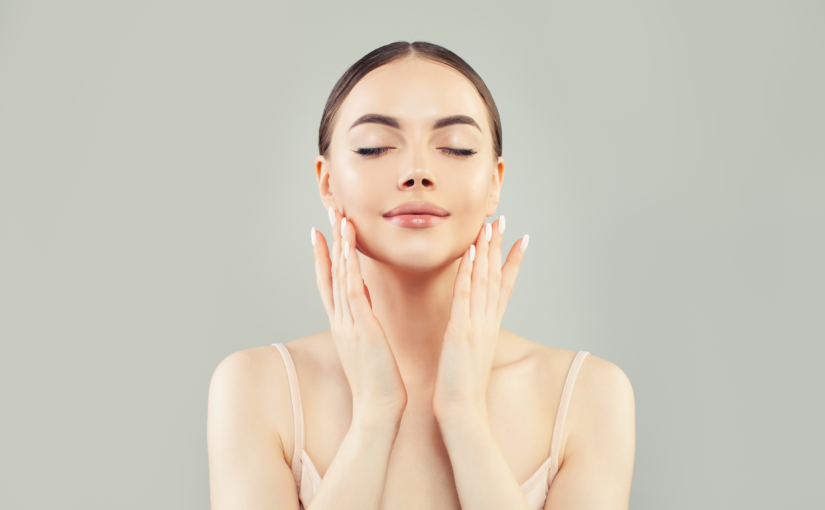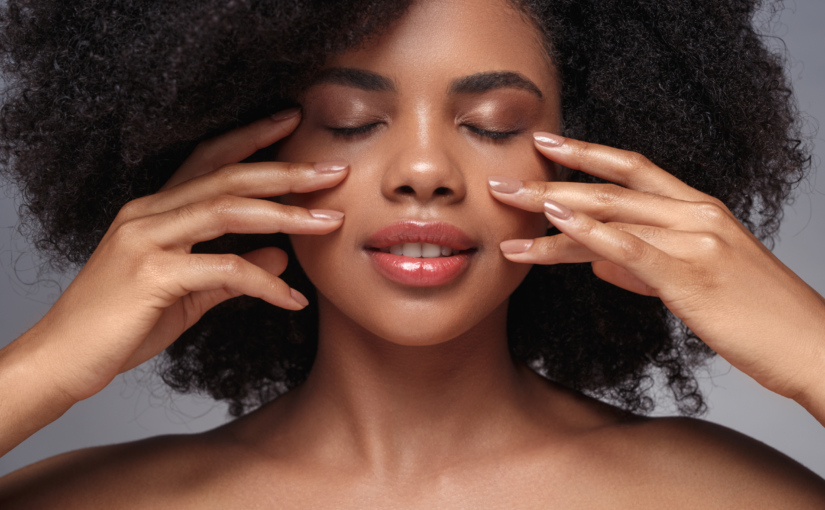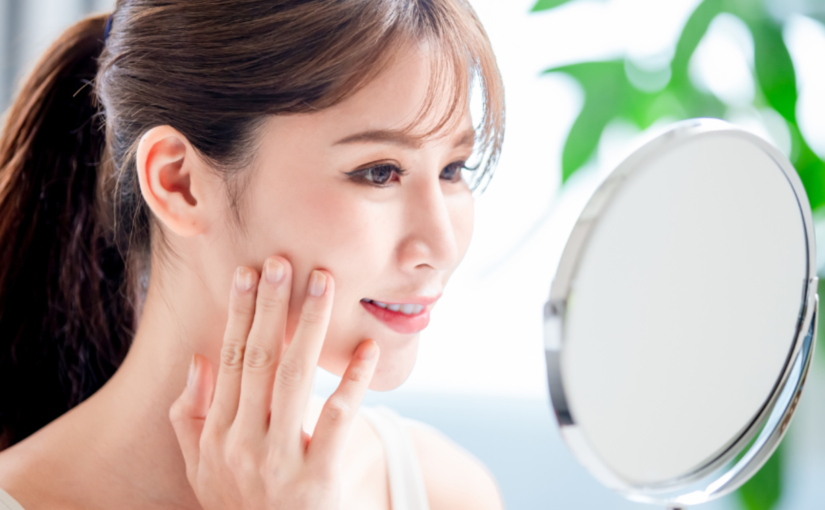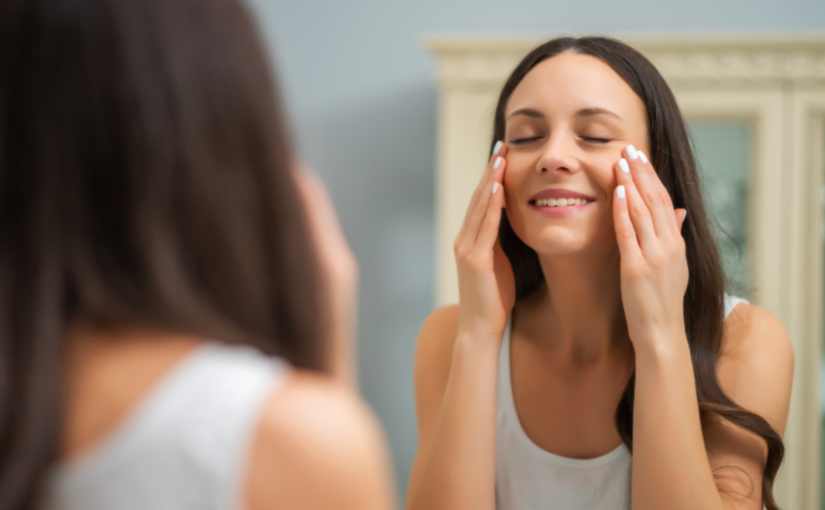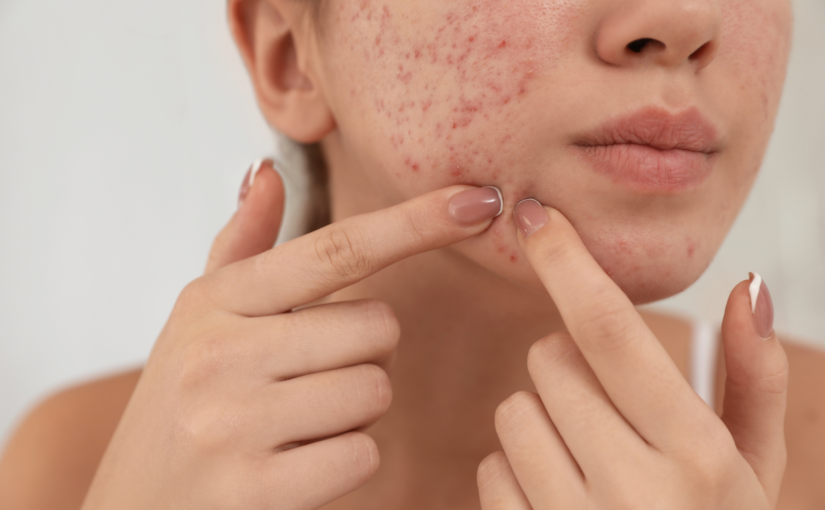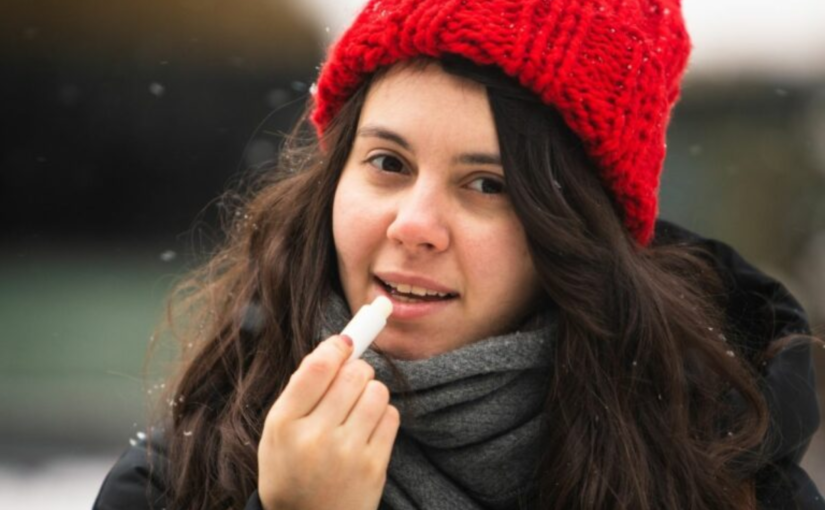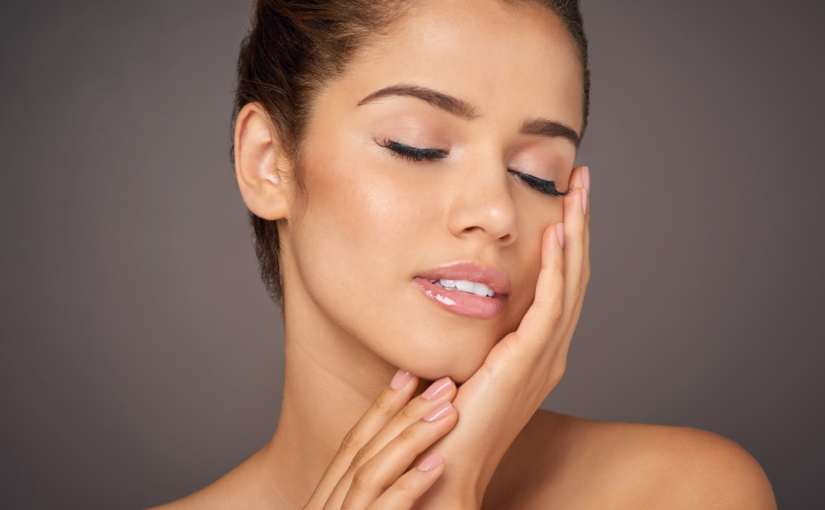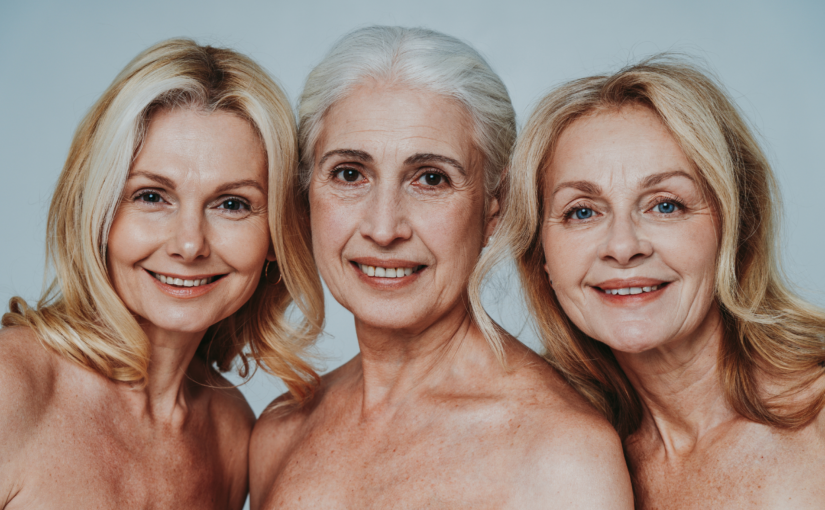Skin Habits For 2023
Here are my 5 skin habits I would recommend implementing in 2023.
Know your skin is individual
Every person’s skin is unique, and it is important to understand this when it comes to skincare. Don’t always go on the advice of what has worked for a friend, even if their skin may be presenting with the same condition as yours. What works for them may not work for you, as their skin may have different needs and react differently to different products.
It’s essential to take into account factors such as skin type, skin concerns, age, and lifestyle when choosing skincare products. A skin specialist in Sheffield that can provide you with a personalised skincare plan that considers all of these factors. By understanding that your skin is individual and taking the time to find the right products and treatments for you, you will be able to achieve your best skin yet.
Feed your skin from within
Skin health starts from within, and it’s essential to maintain a healthy lifestyle to support your skin. Eating a well-balanced diet rich in vitamins and minerals is crucial to provide your skin with the necessary nutrients to maintain its health. Consuming foods rich in antioxidants, such as berries and leafy greens, can help protect your skin from harmful free radicals and keep it looking youthful. Drinking plenty of water is also important, as it helps to hydrate the skin from within and maintain its elasticity.
See a professional
It’s time to take control of your skin and get to know it from a professional viewpoint. By visiting a skin clinic or dermatologist, you will be able to get a comprehensive assessment of your skin, including an analysis of your skin type, skin concerns, and any underlying issues. This will give you a better understanding of what your skin needs and what products and treatments will be most effective for you.
Be consistent
It’s important to remember that your skin is a renewing organ, constantly shedding dead skin cells and regenerating new ones. While topical products and treatments can be effective, using them for a short period of time will not give you long-term results. It’s essential to be consistent and persistent with your skincare routine to see the best results.
Consistency means using your products every day, following the recommended application frequency, and giving them the time to work. The skin takes time to renew and regenerate, so it may take several weeks to see the full effects of a product. It’s also essential to be consistent with your skincare routine and not skip days or miss applications, as this can undermine the effectiveness of the products.
Simplify your skincare regime.
Having a simple and streamlined skincare routine is key to achieving healthy and radiant skin. There’s a common misconception that more products equal better results, but this couldn’t be further from the truth. In fact, overloading your skin with too many products can cause irritation, dryness, and breakouts.
Instead, focus on a select few products that are recommended for your skin type and concerns. If you have dry skin, opt for a nourishing moisturiser and serum that contains hydrating ingredients such as hyaluronic acid. If you have acne-prone skin, look for products that contain salicylic acid or benzoyl peroxide, which are known to unclog pores and reduce breakouts.
Conclusion: Skin Habits
In conclusion, you now know the best strategies to implement to ensure your skin looks its best. Get in touch with us today if you have questions about getting your skin to top standards.

